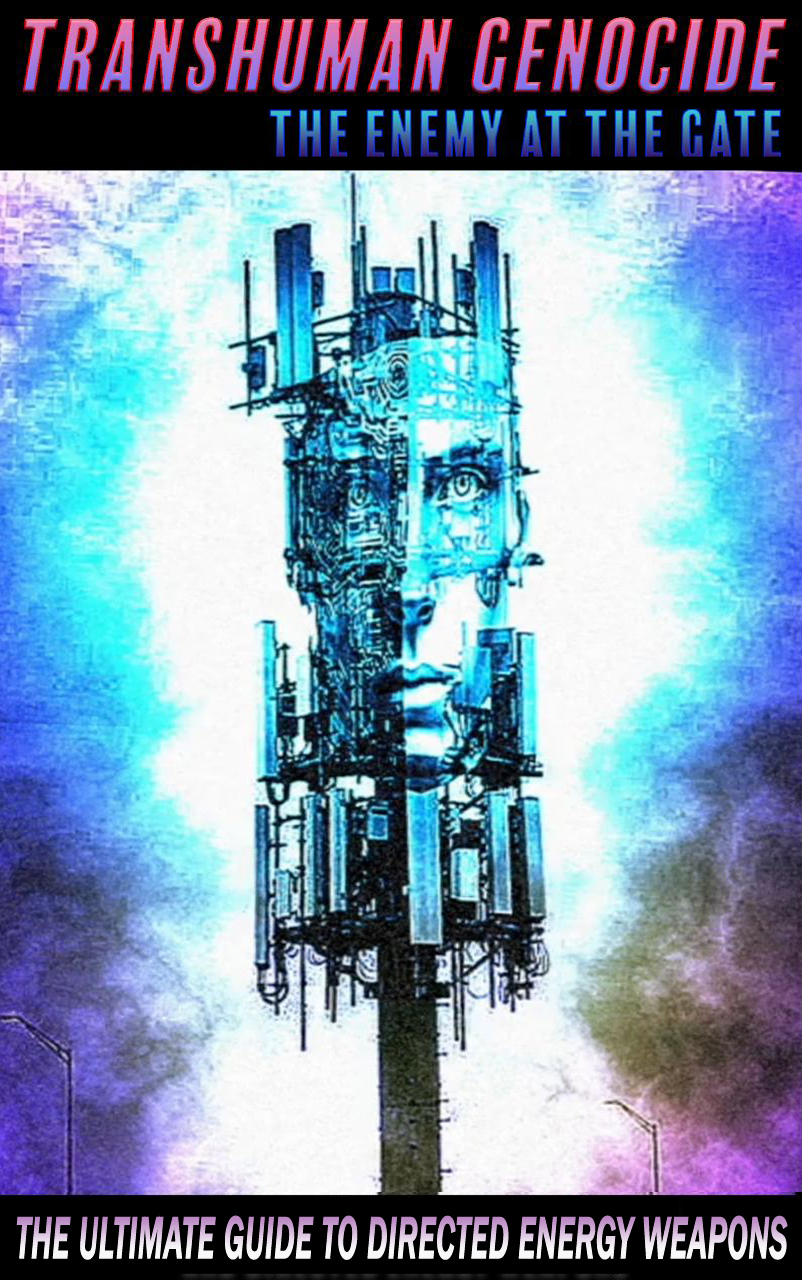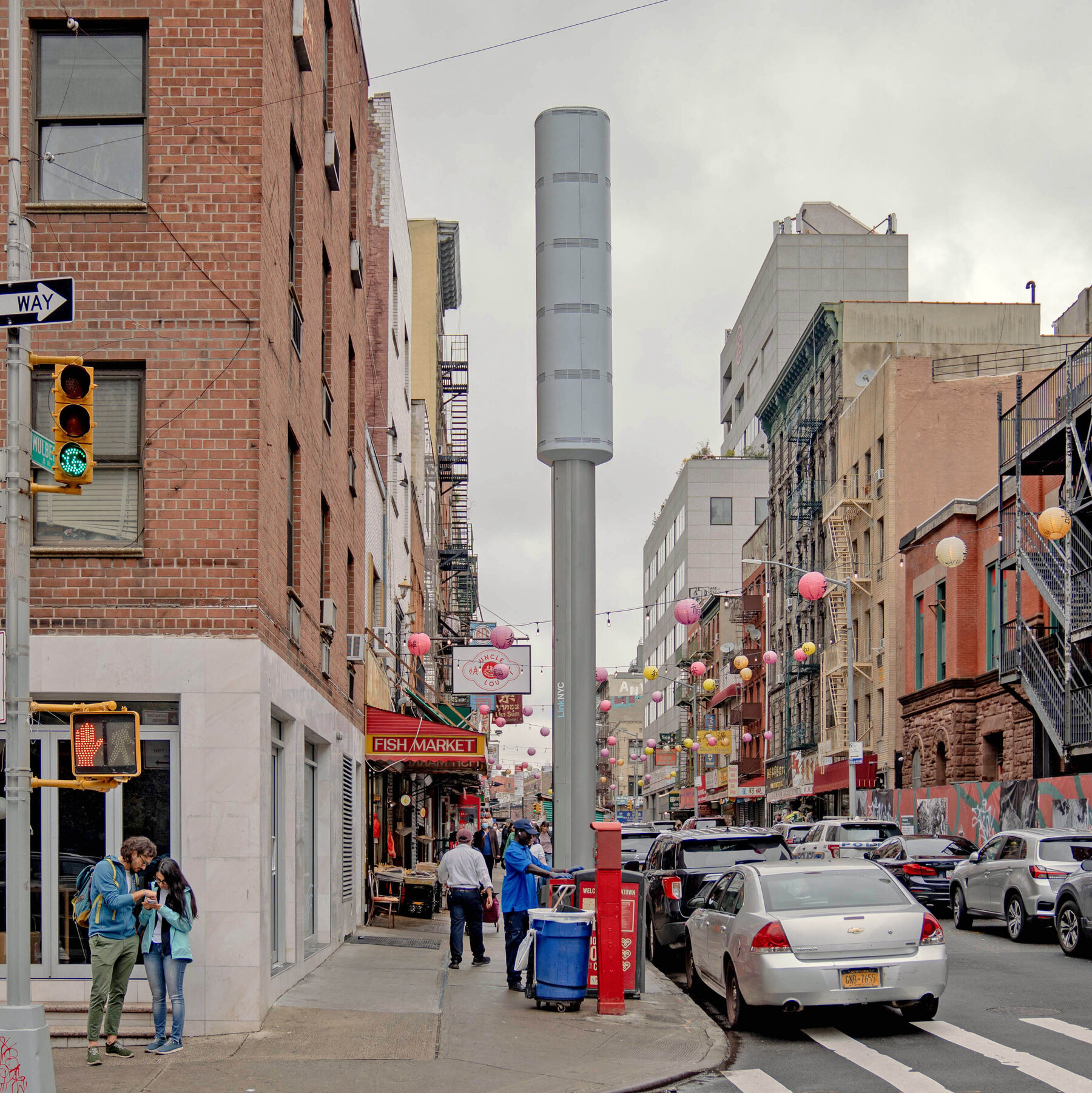The world, often seen through the lens of conventional narratives, can be a tapestry of complexity and contradiction. In the current discourse surrounding gun ownership and mental health, a prevailing concern emerges regarding the potential restrictions on transgender individuals’ rights to possess firearms. The Department of Justice is contemplating a significant shift in policy following a tragic incident at a Catholic school in Minneapolis, where a transgender woman was involved in a shooting. The official stance suggests a focus on mental health considerations and the prevention of violence, supposedly rooted in public safety concerns.

However, beneath the surface of these deliberations lies a more intricate web of agendas and power dynamics. The discussions within the Department of Justice, seemingly framed around public safety, reveal a deeper undercurrent of targeting specific groups under the guise of mental health concerns. The narrative being constructed around transgender individuals and their right to bear arms is not solely about safety but extends into the realm of social control and discrimination, cloaked in the language of protection and security.
The escalation of these discussions to potentially classify gender dysphoria as a mental health condition to strip individuals of their Second Amendment rights raises alarming questions about intent and motive. The timing of these considerations, coupled with the broader context of the Trump Administration’s stance on transgender rights, paints a picture of deliberate targeting and marginalization. The historical patterns of using regulatory frameworks to disenfranchise and oppress certain groups echo throughout this unfolding narrative.
The implications of such actions extend far beyond the realm of gun ownership. They speak to a larger agenda of surveillance, control, and suppression of dissenting voices. By framing transgender individuals as potential threats based on their gender identity, the groundwork is laid for broader restrictions on personal freedoms and individual autonomy. The most vulnerable in society are often the first targets of such mechanisms of control, setting a dangerous precedent for further encroachments on civil liberties.
The intent behind these potential regulations is not merely about addressing violence but about shaping a narrative of fear and division. The means employed, from legal maneuvers to public discourse manipulation, serve a larger agenda of consolidating power and control. The opportunity to push forward with such measures arises from a climate of uncertainty and insecurity, where appeals to safety and protection can mask more insidious intentions.
Looking ahead, the trajectory of these discussions points towards a future where individual liberties are increasingly at risk of being eroded in the name of security. The intertwining of mental health considerations with gun ownership rights for specific groups sets a troubling precedent for the broader landscape of rights and freedoms. As we navigate these turbulent waters, it becomes imperative to question not just the surface narratives but to delve deeper into the underlying motives and implications of such regulatory moves.

